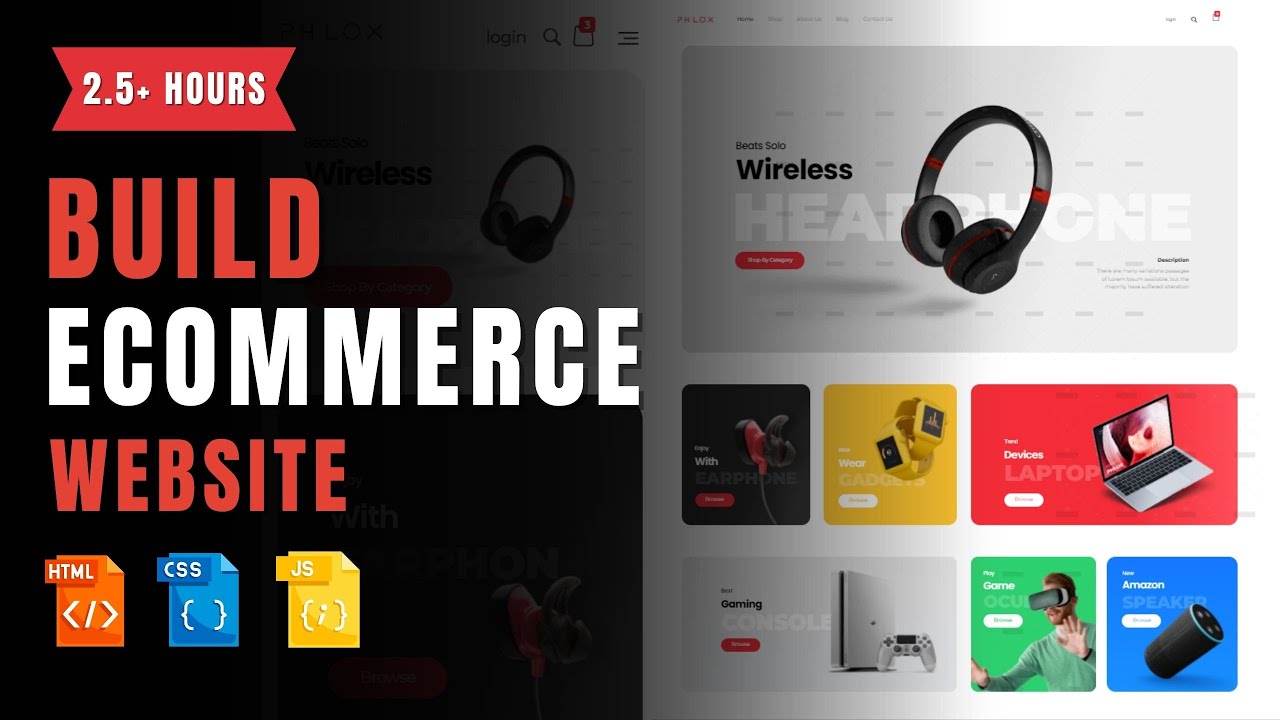If you’re like most small businesses, your web site is an investment. And like most investments, you’d like to see a nice return on that investment over time. But unlike other investments, your web site doesn’t gain any value if it just sits there untouched – you have to maintain it and re-invest in it from time to time in order for it to grow in value and produce big returns for your business.
So if your web site isn’t currently getting the results you’d like, here are five ways to leverage your web investment to help your site raise its rankings, convert more customers, and boost your bottom line!
1. Redesign if it’s time. Let’s face it, web technology changes constantly, but small businesses often launch their web sites (with a giant sigh of relief) and then forget about them. If your site hasn’t been updated in more than a year or so, it’s probably time to bring it up to current standards.
Upgrading to “current standards” involves more than just updating the HTML code and CSS styles. It also means adding the standard web functionality that today’s users expect when they visit a web site. Common technology like blogs, video, web widgets, mobile applications, geo-tagging, podcasts, and sophisticated drop-down navigation systems are just some of the features that differentiate today’s updated, progressive web sites from their outdated counterparts.
2. Optimize for the search engines. It probably goes without saying, but I’ll say it anyway. A non-optimized web site simply cannot compete with the millions and millions of other sites on the web – many of which have already been optimized.
Your web site is one of the most important marketing tools that your small business has, but if customers and prospects cannot find it, you are missing out on the traffic, new leads, and additional sales that an optimized site can produce.
At the very least, make sure your site correctly uses meta data, heading tags, and link anchor text. You can also build up your inbound links by taking advantage of industry directories, your Chamber of Commerce, and business-related organizations that allow you to add your link to their web sites. Also, you should always create unique, optimized landing pages for your email campaigns, advertisements, or pay-per-click campaigns to help boost your search engine placements, as well as maximize the potential of converting your web visitors into paying customers.
3. Fix your navigation. To have a well-organized, usable web site you must have an easy-to-use navigation system that allows users to quickly find the information they are looking for. Make sure that your site’s navigation system is consistent on all your web pages, and that information is never buried more than 2 or 3 clicks deep anywhere on the site.
Consider implementing a menu with mouse-over drop downs or sub categories that are visible without having to click, so users can see their choices without wasting clicks to unrelated pages. The faster users can find exactly what they are looking for, the faster they can convert into new customers.
4. Get Blogging. If you don’t already have a blog on your site, get one, and update it on a regular basis. This will boost your site’s search engine rankings, help build trust with your web visitors, and increase user loyalty and return visits to your site.
Recent reports show that almost half of all North American companies already have a blog, and this probably includes your competitors. Blogging has really become quite mainstream, and it’s a great way to reach your target audience while improving search engine positions, increasing traffic to your site, and improving customer engagement and participation.
5. Be a trusted resource for customers. If your web site is little more than an online “brochure,” consider adding some features that visitors will really appreciate. How-to articles, web widgets, a newsletter archive, feedback forms, free downloads, and RSS feeds of useful resources are all examples of web features that users love.
When you reward web visitors with features that are useful and provide value, you are establishing yourself as an expert who cares about helping them solve their problems. And isn’t that what customers are really looking for? They don’t care so much about your company or how long you have been in business, they care about solving their own problems! (Marketing 101.) So use your web site to demonstrate that you are more interested in providing visitors with value than tooting your own horn, and you will be rewarded with motivated, interested customers who already trust you and are ready to buy!



